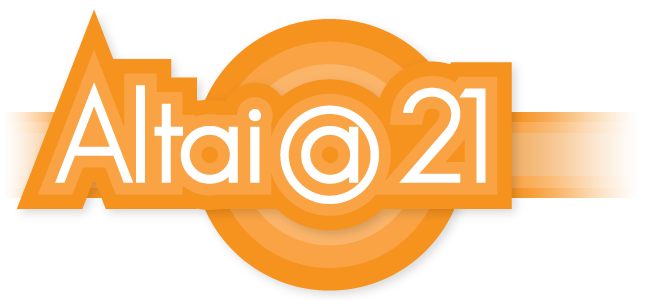
Friday, October 25, 2013
Bancroft Hotel
Berkeley, CA
9:00 am – 3:00 pm
Prior to the Second Circuit Court of Appeals 1992 decision in Computer Associates Int’l, Inc. v. Altai, Inc., there were many heated controversies about the scope of copyright protection available to computer programs. Were the “structure, sequence and organization” (SSO) of computer programs within the scope of protection available from copyright law? Was the “look and feel” of programs protectable by copyright law? Were either user interfaces or internal interfaces part of program expression? Was it lawful to create a program that emulated the functionality of another program? Was it lawful to make a program that was compatible with another program if the developer of the existing program had not licensed interface information to enable this? Was it copyright infringement to reverse engineer a program to get access to interface information? What test should be used to determine whether nonliteral copying of program designs infringed copyrights? What was the relationship between patent and copyright protection for program innovations?
The Altai decision did not answer all of these questions, but it offered substantial guidance on several issues that courts in many subsequent cases seem to have found useful. While accepting that some program SSO might be protectable expression, the court in Altai found SSO to be too metaphysical a concept to apply in software copyright cases. Its “abstraction, filtration, and comparison” test for infringement has been widely adopted and applied by courts from many circuits. It seemed to endorse as legitimate a subsequent programmer’s goal of achieving compatibility with existing programs and opined that elements of programs that constrained the design choices of subsequent programmers, such as external factors needed to achieve compatibility, were outside the scope of protection that copyright provides. But Altai did not answer definitively every open software copyright question. For instance, it did not offer guidance about what aspects of programs might be unprotectable procedures, processes, systems or methods of operation excluded from copyright protection under 17 U.S.C. sec. 102(b). Its analysis of compatibility issues did not necessarily resolve all difficult questions that would be raised in subsequent cases.
The recent Oracle v. Google decision, which is presently on appeal to the Court of Appeals for the Federal Circuit, has reopened debate about the scope of copyright protection in computer programs. Judge Alsup found that the Java APIs that Google implemented in its Android software were uncopyrightable methods of operation and that the names of Java methods, classes, and packages are unprotectable as well under the “short phrases” and merger doctrines. Java APIs might, he indicated, be eligible for patent protection but not for copyright protection. Oracle has vigorously challenged the lower court ruling, saying that its application of sec. 102(b) seriously undermines copyright protection for programs. It points to the statement in the Supreme Court’s Mazer v. Stein decision—to the effect that just because an innovation may be patentable does not mean it cannot be copyrighted—to challenge the uncopyrightability ruling. Oracle claims that the selection and arrangement of names in the hierarchy used in the Java interfaces may be protectable expression even if the names alone would not be protected.
What will the Federal Circuit do with this case? How important will that court’s earlier ruling in Atari Games v. Nintendo be in the court’s assessment of the issues? Will the Federal Circuit find a basis for distinguishing Altai? Will the software copyright “wars” get reignited?
This workshop will bring together intellectual property professionals with experience in software protection issues to consider these and other questions.
Proposed structure for the discussion:
- Recapping the unsettled state of software copyright law prior to Altai and the cases since Altai
- What is and should be the scope of protection for interfaces of computer programs? To what extent is or should interoperability be a defense to software copyright infringement claims? What is the right doctrinal framework for addressing these questions?
- How useful and appropriate is the Altai “abstraction, filtration, comparison” test? How well or poorly have courts applied it in subsequent cases?
- What kinds of procedures, processes, systems, and methods of operation embodied in programs are excluded from copyright protection under sec. 102(b)? What is the right approach to making this sort of determination?
- What aspects of programs are patentable and/or copyrightable? To what degree do these protections overlap? To what extent do they play distinct roles in protecting software innovations?
- What will the Federal Circuit do in the Oracle v Google case?
TAP Review: Altai at 21 – A Conference Recap – from November 15, 2013